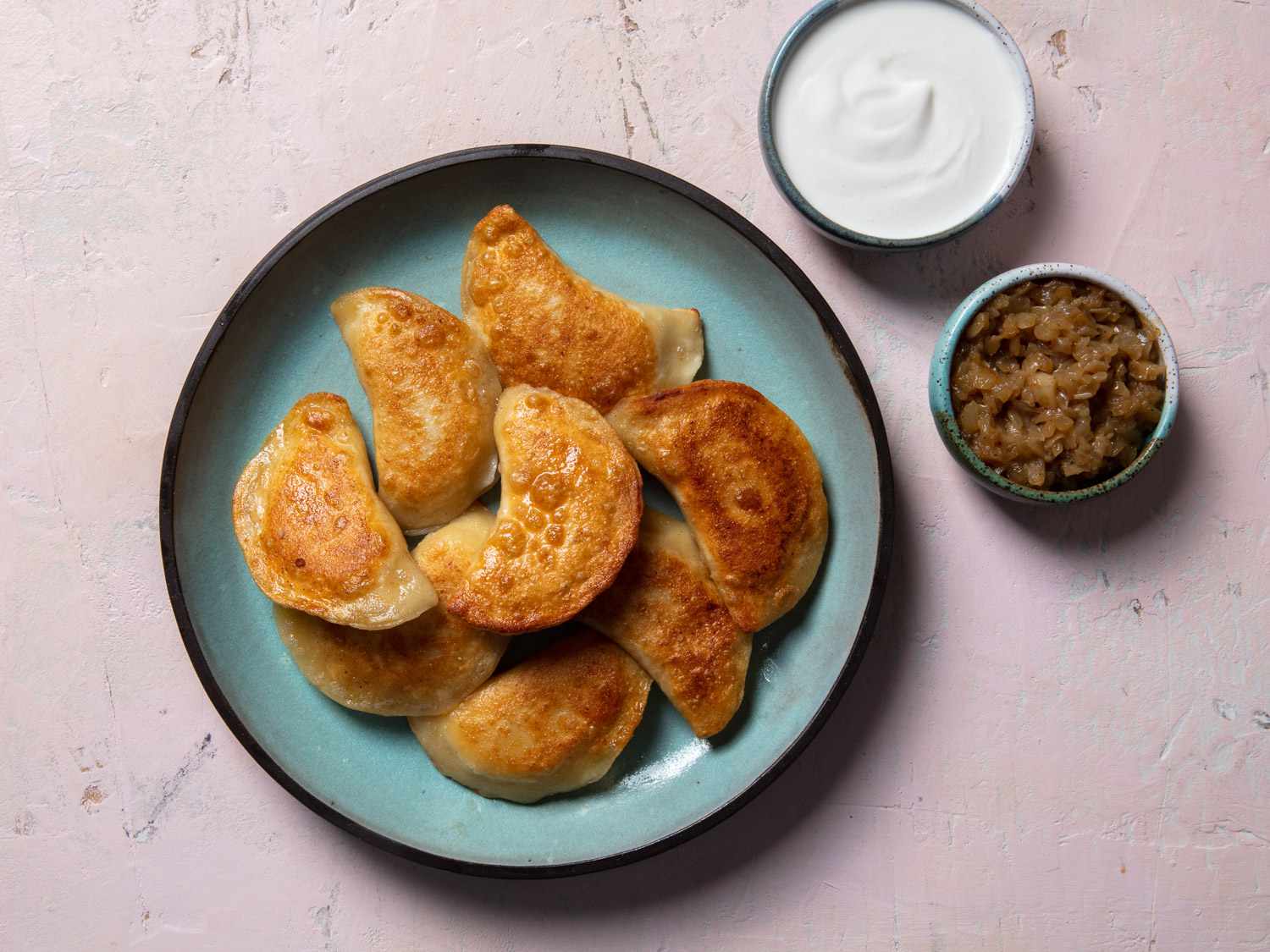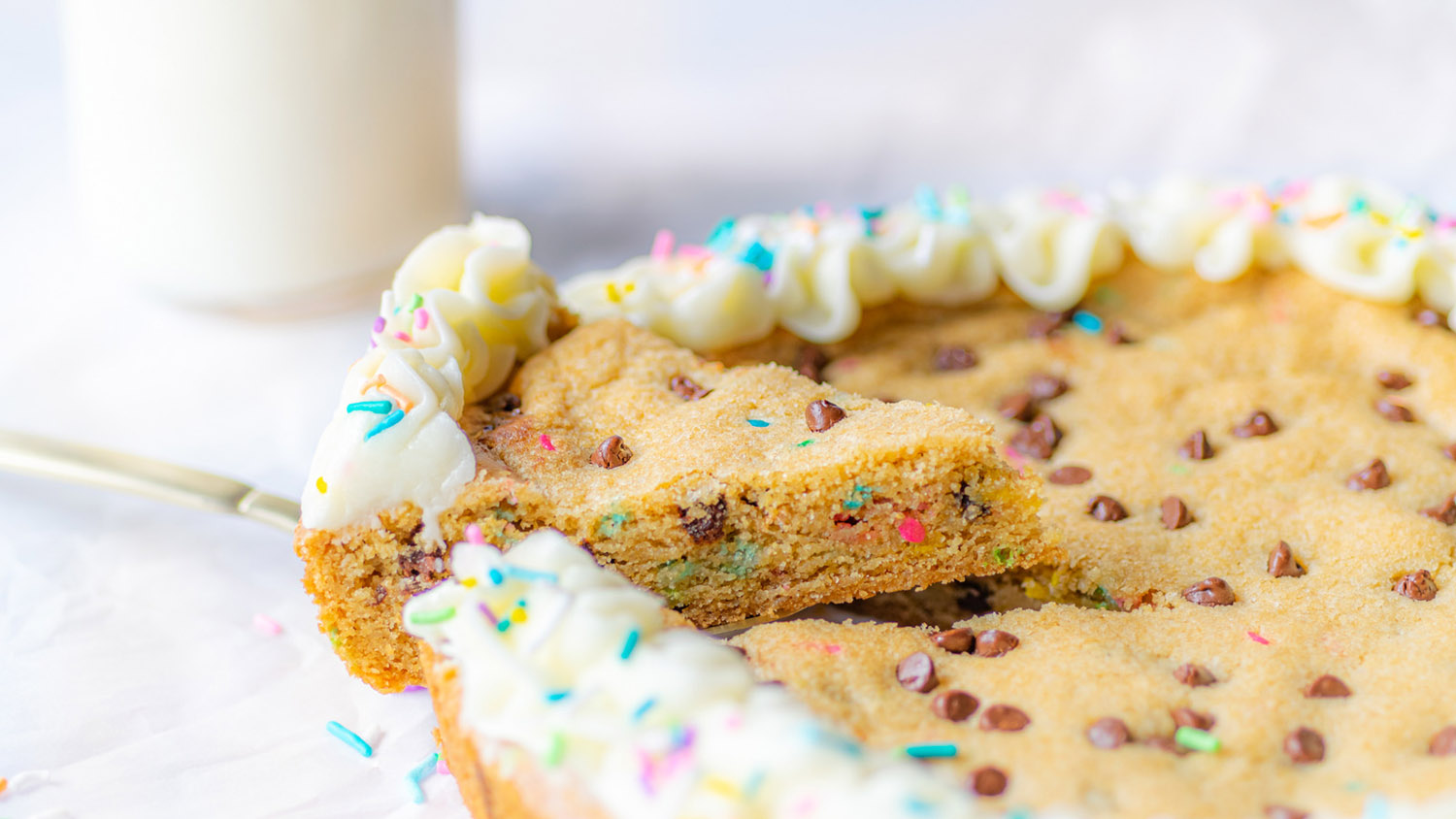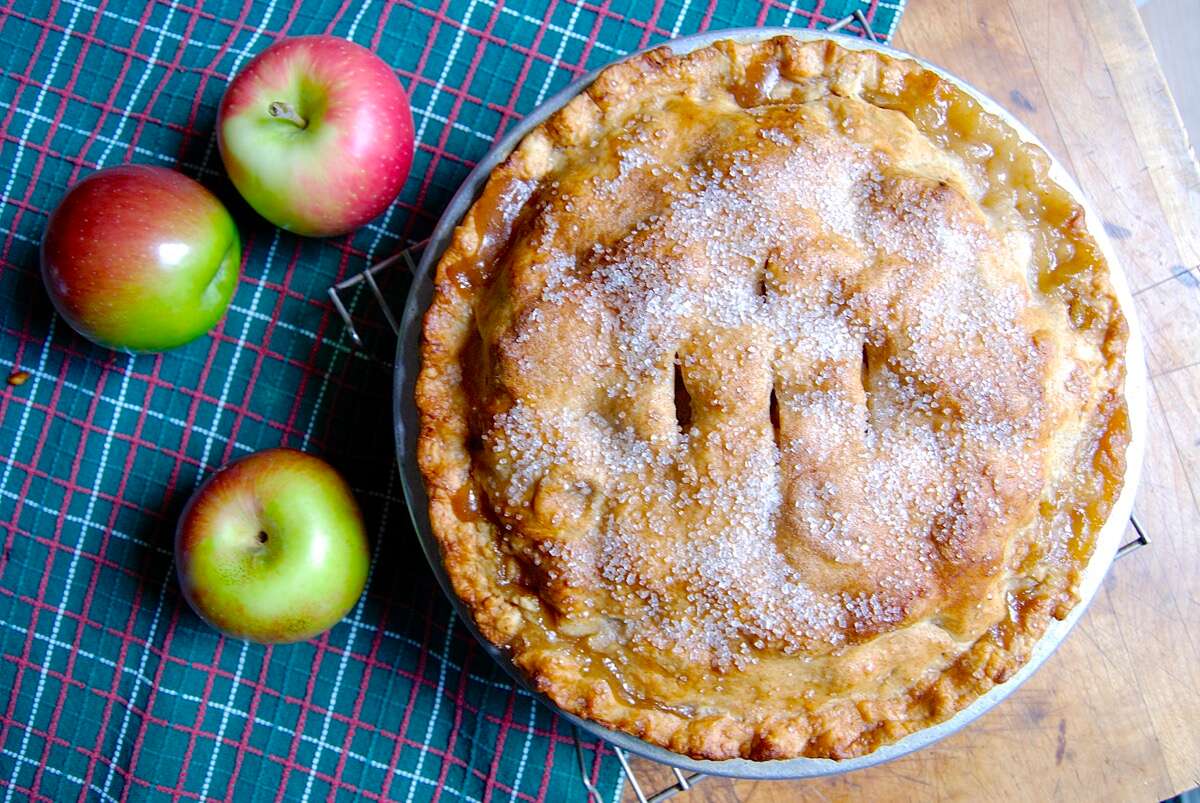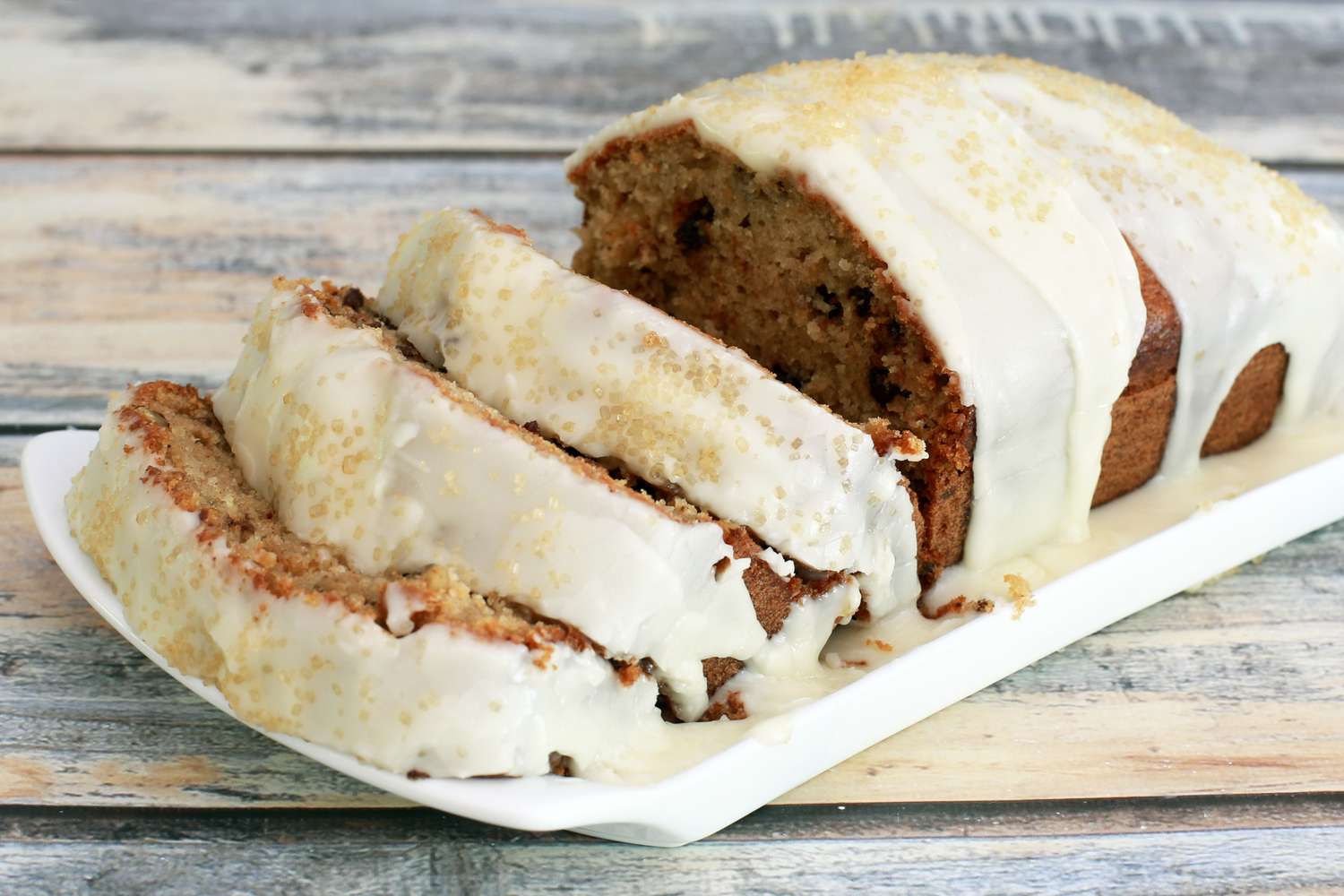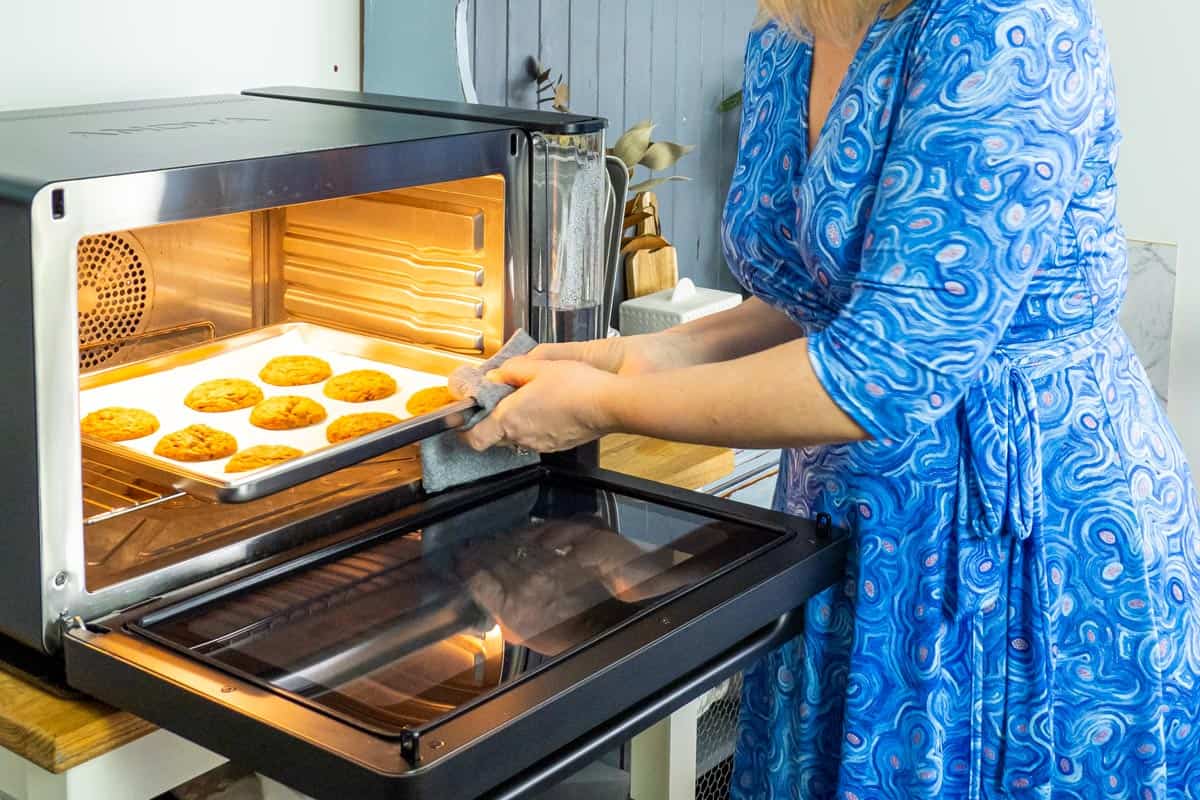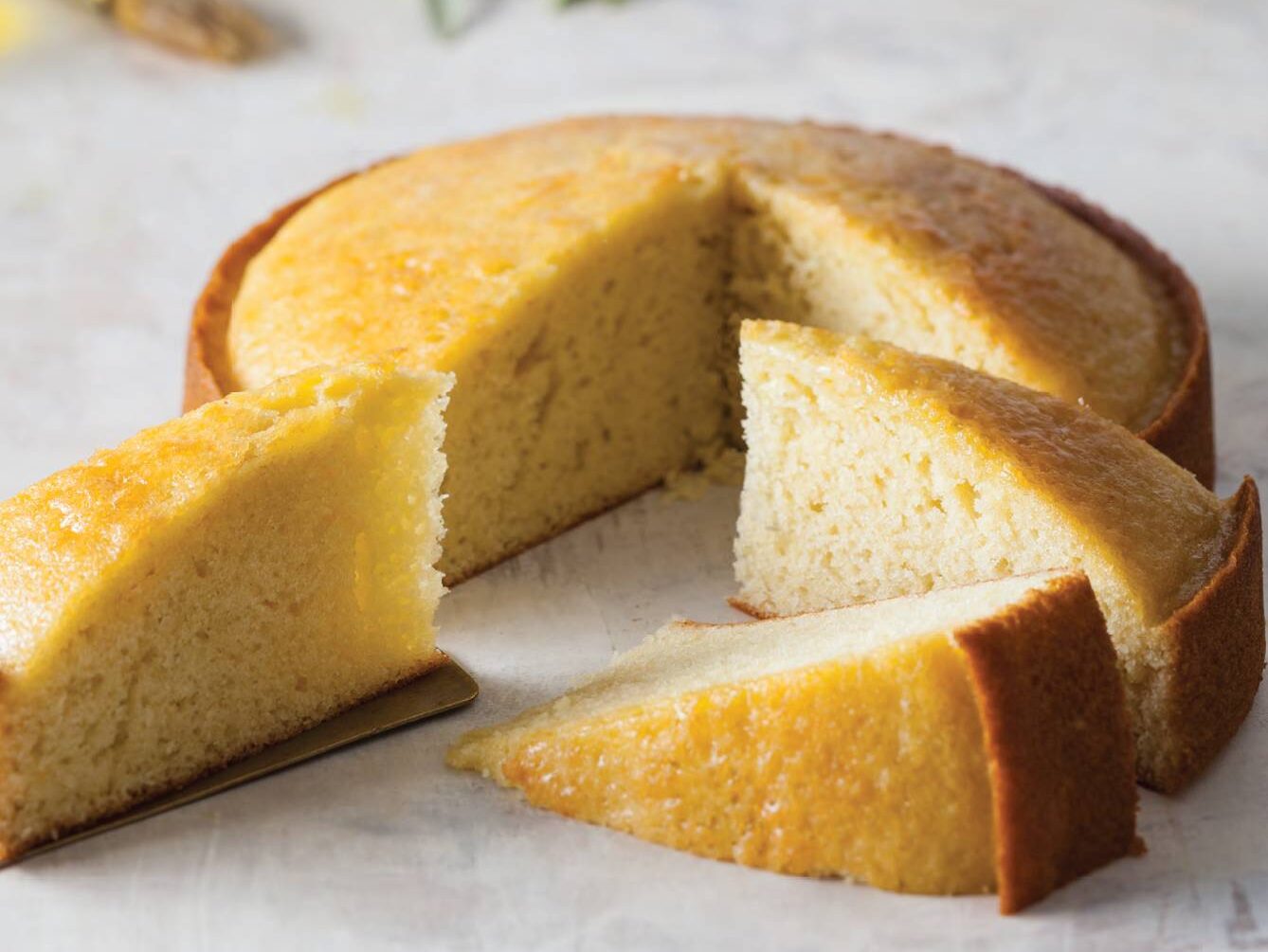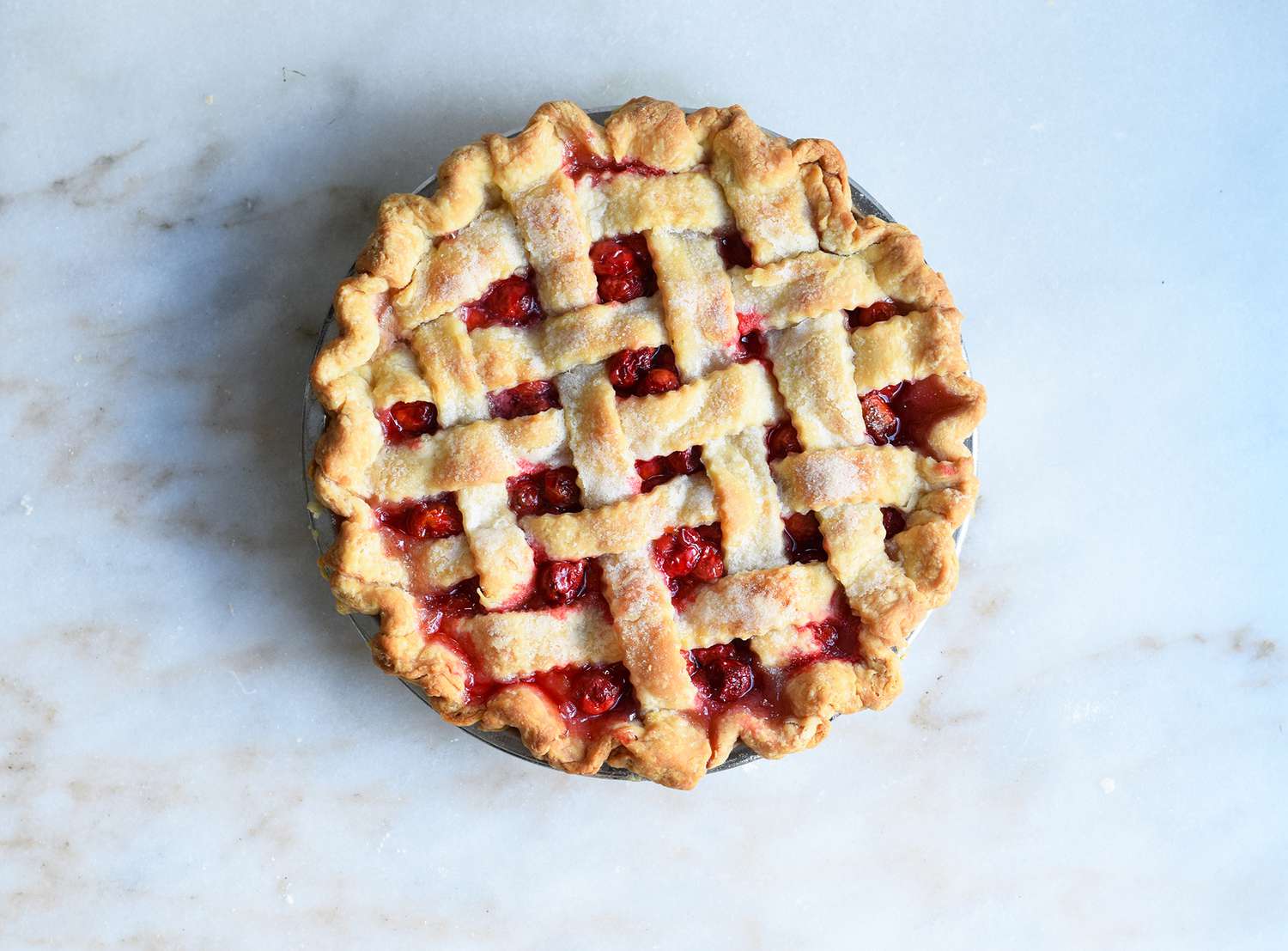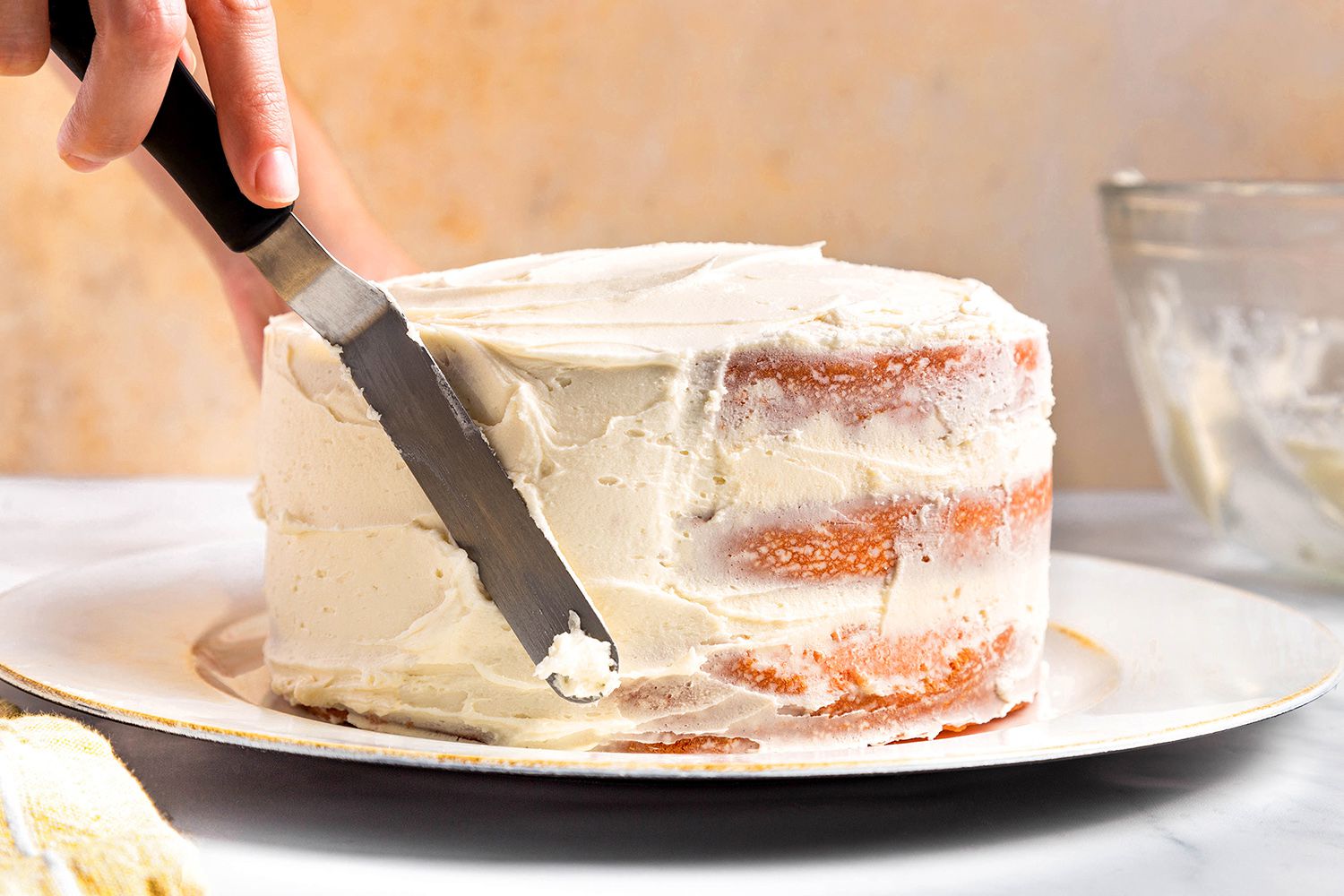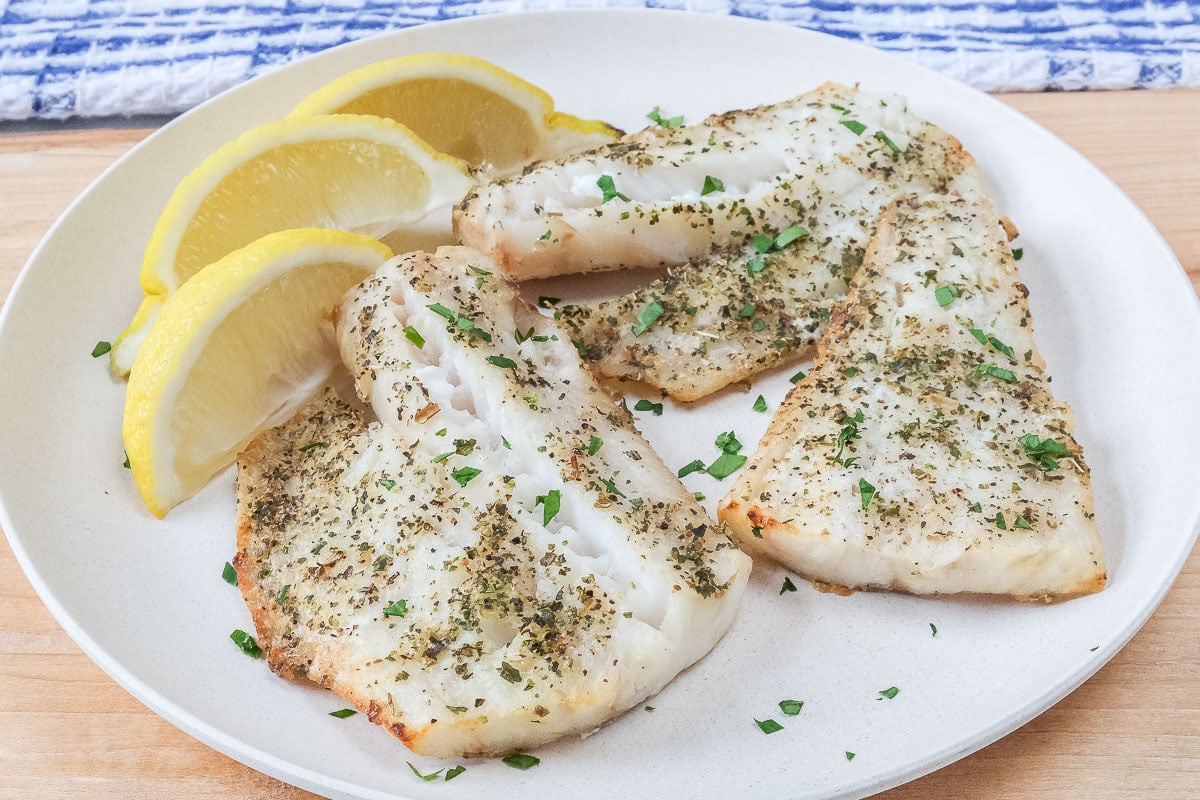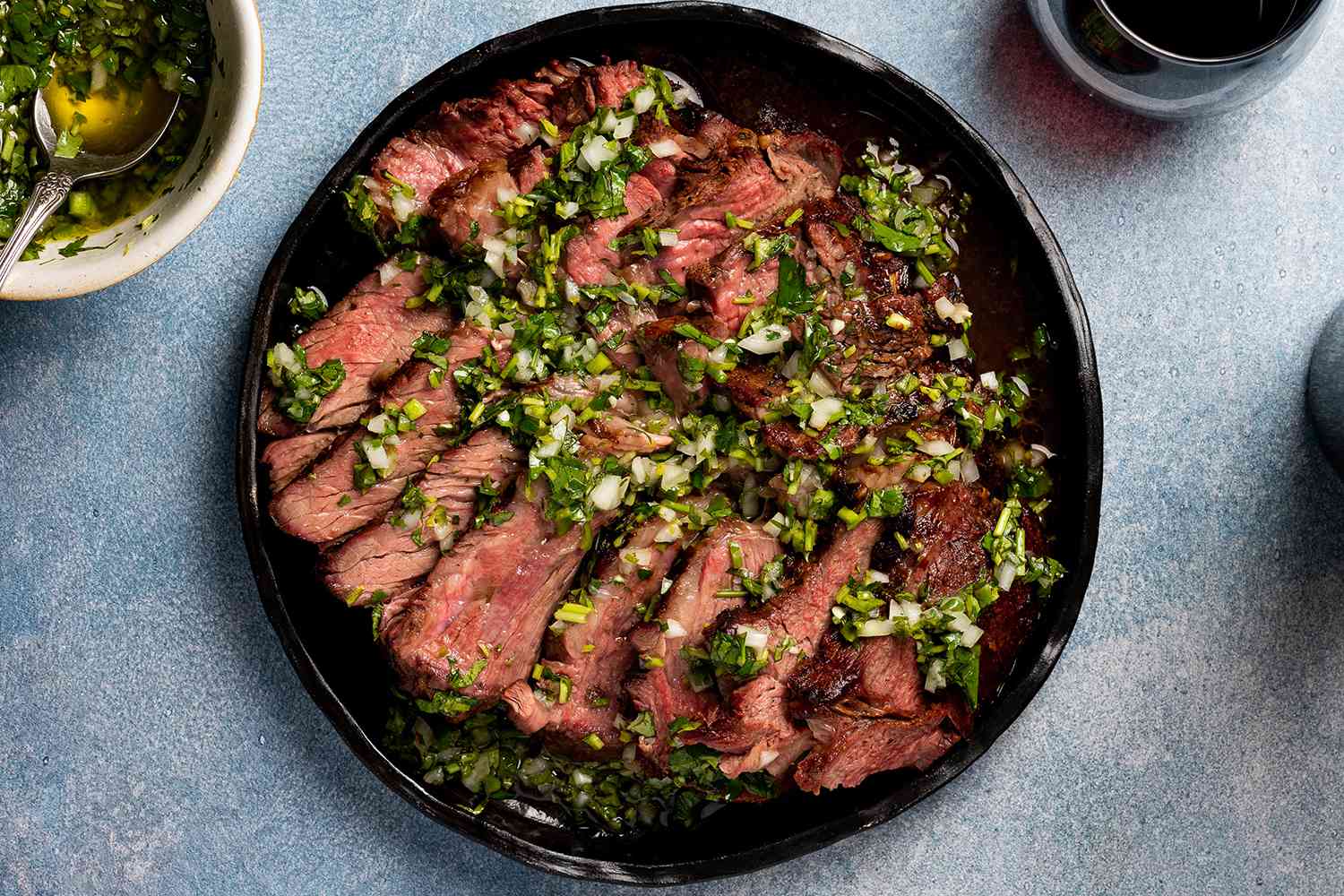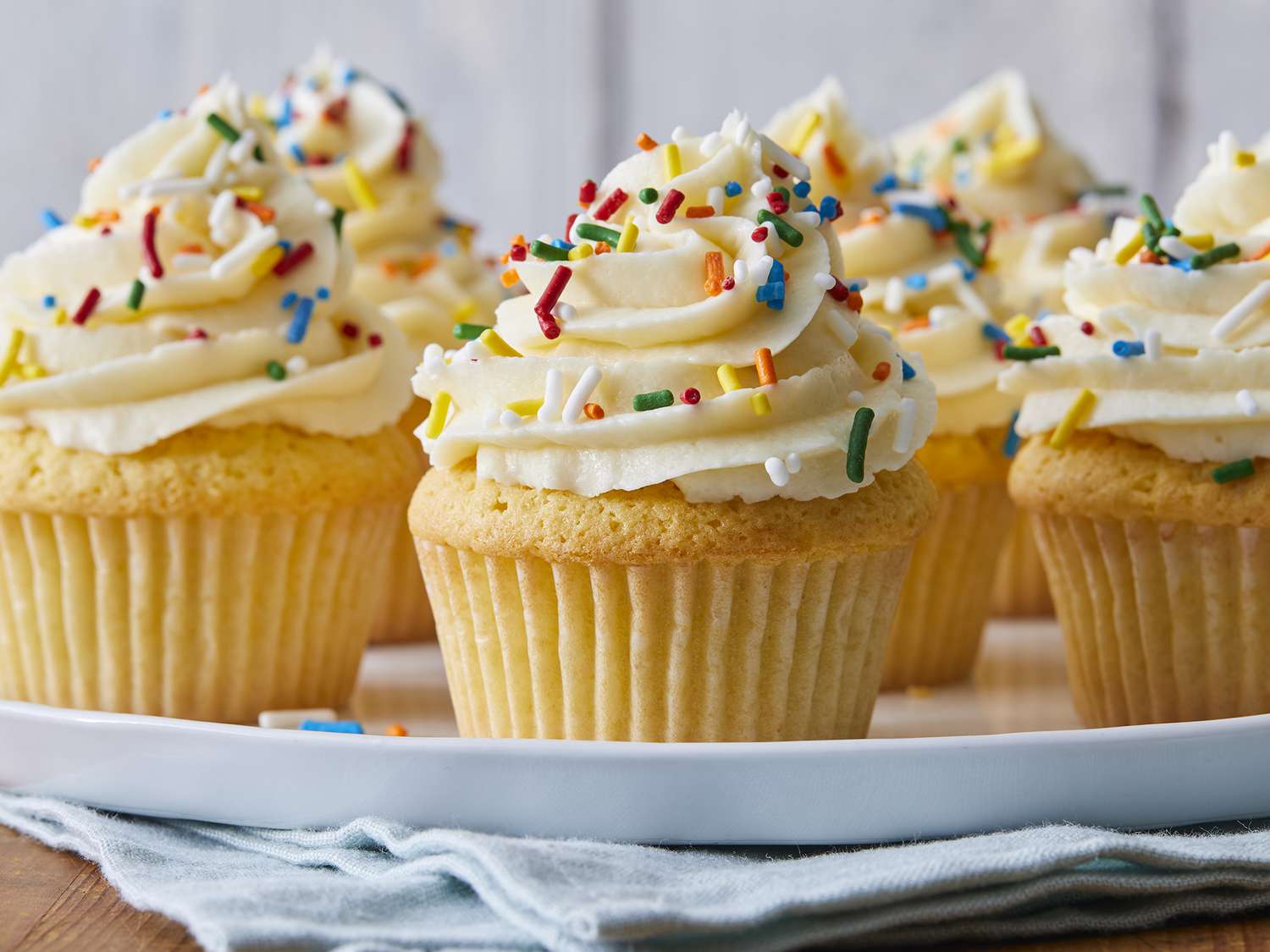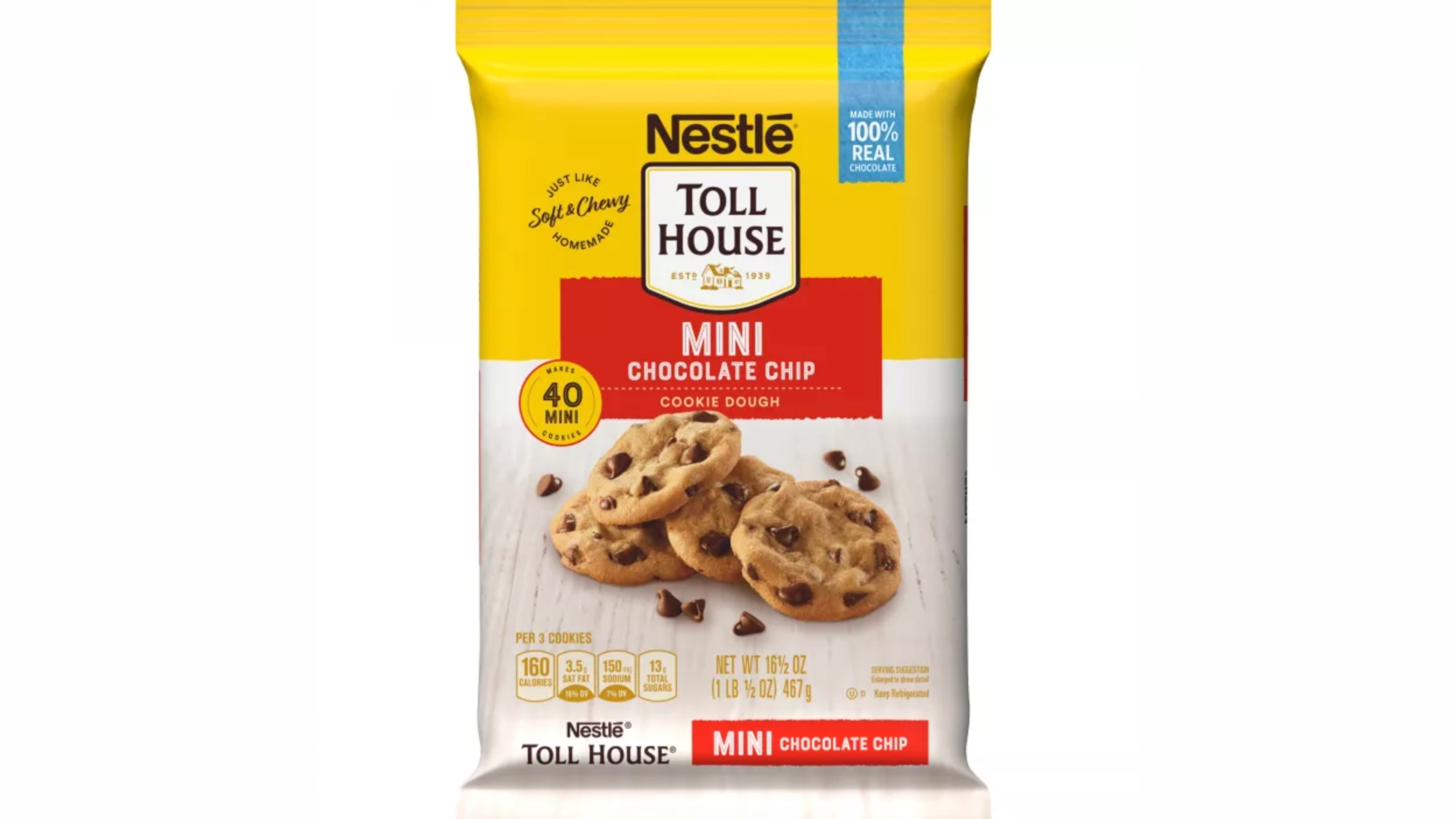How to Bake a Delicious Cake in a Halogen Oven
Are you ready to bake a mouthwatering cake in your halogen oven? Whether you’re a baking enthusiast or a beginner, using a halogen oven to bake a cake can be a game-changer. With its efficient cooking technology, a halogen oven can help you achieve a perfectly baked cake in no time. Follow these simple steps to create a delectable cake that will impress your friends and family.
Ingredients You’ll Need:
- 2 cups all-purpose flour
- 1 ½ cups granulated sugar
- 1 cup milk
- ½ cup unsalted butter, softened
- 2 eggs
- 2 teaspoons baking powder
- 1 teaspoon vanilla extract
- Pinch of salt
Step 1: Preparing the Halogen Oven
Before you start mixing the ingredients, it’s essential to preheat your halogen oven. Set the temperature to 350°F and allow the oven to preheat while you prepare the cake batter. The preheating process ensures that the oven is at the right temperature for baking.
Step 2: Mixing the Ingredients
In a large mixing bowl, combine the softened butter and granulated sugar. Use a hand mixer to cream the butter and sugar together until it becomes light and fluffy. Add the eggs one at a time, mixing well after each addition. Then, pour in the vanilla extract and mix it into the batter.
In a separate bowl, sift together the all-purpose flour, baking powder, and salt. Gradually add the dry ingredients to the wet ingredients, alternating with the milk. Mix until the batter is smooth and free of lumps.
Step 3: Baking the Cake
Grease and flour a cake pan that fits into your halogen oven. Pour the cake batter into the prepared pan, spreading it evenly. Carefully place the cake pan into the preheated halogen oven, ensuring that there is enough space around the pan for proper air circulation.
Step 4: Setting the Timer
Set the timer for 30-35 minutes. Keep an eye on the cake as it bakes, and avoid opening the halogen oven frequently to prevent heat loss. The cake is ready when it turns golden brown and a toothpick inserted into the center comes out clean.
Step 5: Letting the Cake Cool
Once the cake is baked to perfection, carefully remove it from the halogen oven using oven mitts. Place the cake pan on a wire rack and allow it to cool for 10-15 minutes. Afterward, run a knife around the edges of the cake to loosen it from the pan, then invert the cake onto the wire rack to cool completely.
Step 6: Decorating and Serving
Once the cake has cooled, you can unleash your creativity and decorate it with frosting, whipped cream, or fresh fruit. Slice the cake and serve it to your eager guests, and watch as they savor every delicious bite.
With these simple steps, you can bake a scrumptious cake in your halogen oven and become the star baker among your friends and family. Experiment with different flavors and decorations to create a variety of delightful cakes that will leave everyone asking for more.
So, what are you waiting for? Fire up your halogen oven and get ready to bake the most delightful cake you’ve ever made!
Was this page helpful?
Read Next: How To Bake A Cake In Stoneware
